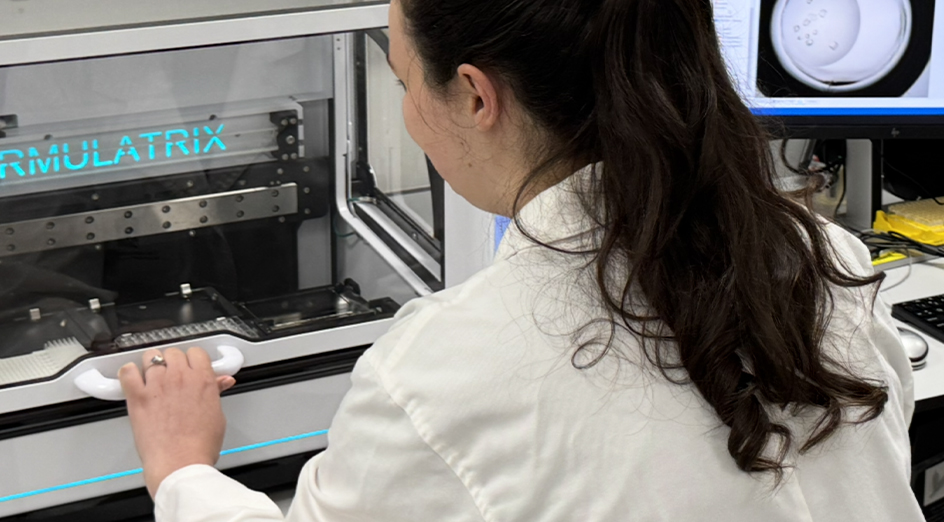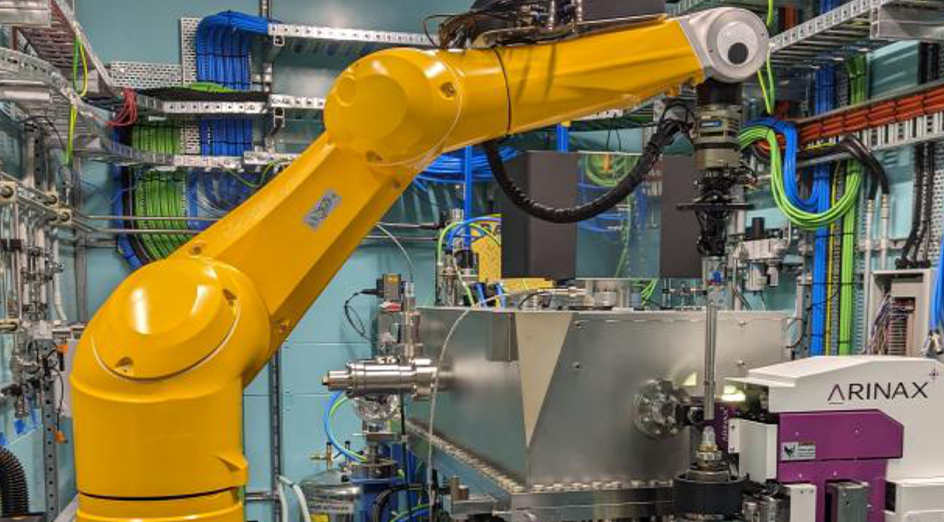Groundbreaking research pioneered by The University of Western Australia is shedding light on the intricate dance between proteins, DNA and RNA – the fundamental building blocks that that carry out cellular processes and underpin all life including plants, humans and bacteria.
Led by Professor Charlie Bond from UWA's School of Molecular Sciences, a team of scientists has contributed to three studies in the prestigious journal Nucleic Acids Research, showcasing unprecedented three-dimensional models of how protein molecular machines assemble on DNA or RNA.
"We've essentially been watching life's machinery in action at the molecular level," Professor Bond said.
"By visualising how these complex structures assemble and function, we're opening doors to entirely new approaches in diagnostics and therapeutic interventions."

Image: The UWA Integrated Crystallisation Facility (copyright CSB).
The first study, helmed by postdoctoral research fellow at the University of Wollongong Nicholas Marzano and UWA researcher Brady Johnston, found that a family of tiny coiled molecules from plants, known as PPR proteins, function like microscopic springs, compressing when they bind to RNA molecules.
"This mechanism allows remarkable precision in molecular targeting within cells and points toward innovative RNA-based diagnostic tools, and potential interventions for genetic disorders or to introduce new traits into plants," Dr Marzano said.
The second study, under PhD candidate Heidar Koning and ARC DECRA research fellow Andrew Marshall from UWA's School of Molecular Sciences, in partnership with researchers at Monash University and the University of Melbourne, showed how human proteins NONO and SFPQ form sophisticated complexes that orchestrate gene activity in the cell nucleus.
"These findings provide crucial insights for developing targeted approaches to regulate gene expression in both health and disease states," Mr Koning said.
The last study, undertaken by Curtin University Research Fellow Dr Callum Verdonk, in collaboration with Professor Bond and Assistant Professor Josh Ramsay from Curtin University, revealed how a DNA-binding protein called RdfS forms helical structures or twisting forms that control the process of DNA transfer between agricultural bacteria.
"DNA is literally cut out of one bacterium's genome and transferred over to another with the help of RdfS protein," Dr Verdonk said. "The bacteria can form a symbiosis with plants and are used as an environmentally friendly alternative to chemical fertiliser."
The research was made possible through cutting-edge facilities, including UWA's Protein Production and Structure facility and Integrated Crystallisation facility, the University of Wollongong's Biomolecular Horizons Institute, and the Macromolecular Crystallography and Small-Angle X-ray Scattering Beamlines at the Australian Nuclear Science and Technology Organisation's Australian Synchrotron in Victoria.

Image: MX beamline at the Australian Synchrotron (with permission).
Professor Bond said the team was now focused on expanding these molecular insights with a view to developing new tools to transform biotechnology and precision medicine in the future.






